
- Shanghai-based Canadian artist Samuel Porteous drew inspiration from adverts for three cigarette brands popular in 1930s China, one of which hid a dirty secret
Golden Dragon, Golden Rat, Golden Bat. All cigarette brands popular in 1930s mainland China. All targeted different markets. One facilitated war crimes.
With the slogan “High class people smoke high class cigarettes”, Golden Dragon’s billboard and print advertisements portrayed the sophisticated old-money market and those who aspired to be accepted into its ranks.
This Chinese brand’s ad art was seen throughout Shanghai’s cosmopolitan period between the world wars. A partially obscured Golden Dragon ad even makes a cameo in the Tintin classic The Blue Lotus, set in the same era of geopolitical intrigue.


These calculated visual cues reinforced the desired association between Golden Dragon and all things “modeng” – a Chinese word coined during China’s interwar period and used to describe something fashionably modern, aspirational and attractive.
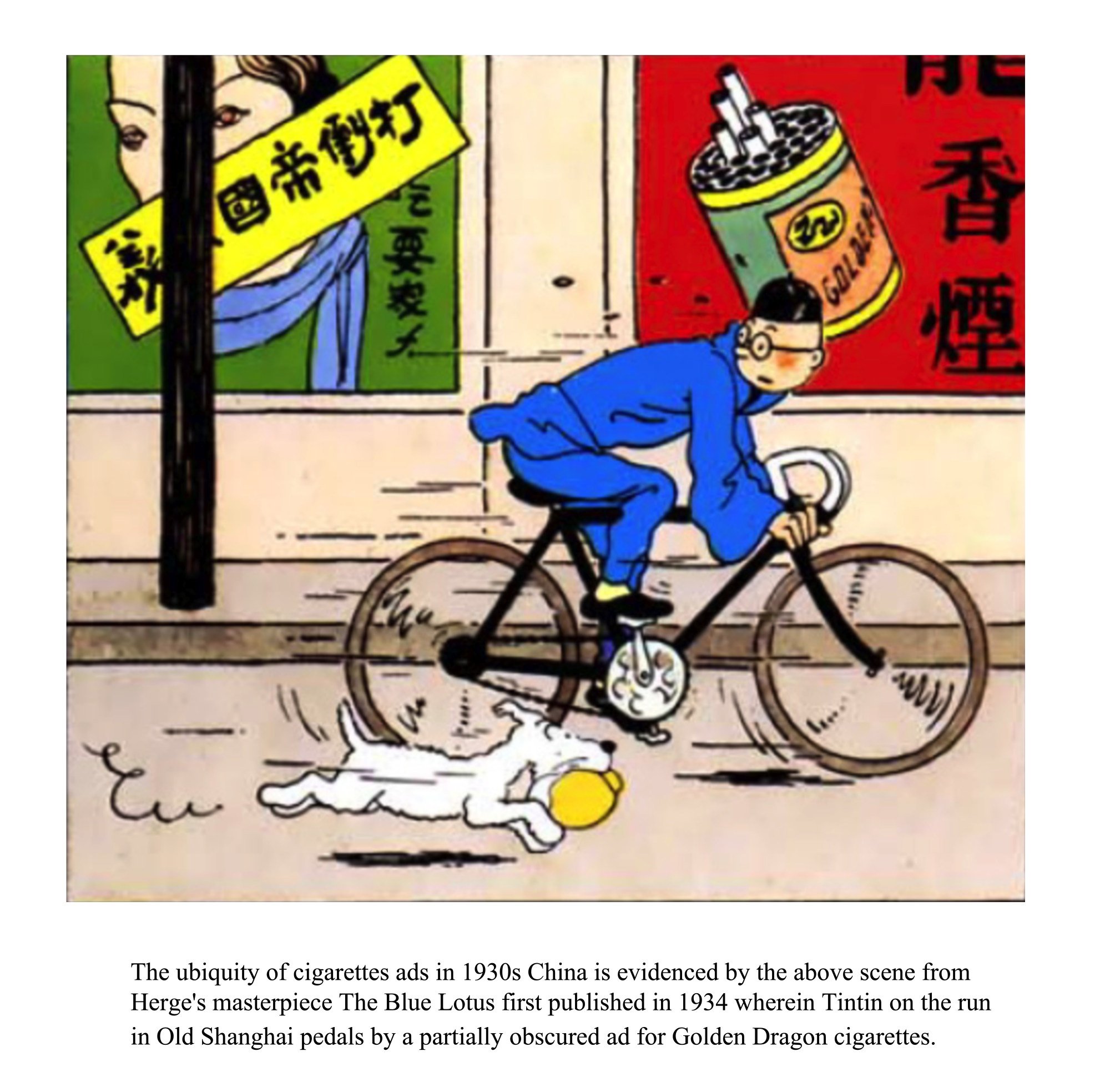
The ads depicted boisterous, rough-hewn and heavy-set men dominating the people crowding around them.
Such imagery fitted with Chinese culture’s positive portrayal of the rat, seen as intelligent and sociable, a source of sage advice yet a hard worker – the scrappy, self-made sign of the zodiac.
Golden Rat ads, much like those of Golden Dragon, played on the pivotal social-bonding role of sharing a cigarette, especially for males, which had become widespread in China over the first half of the 20th century.
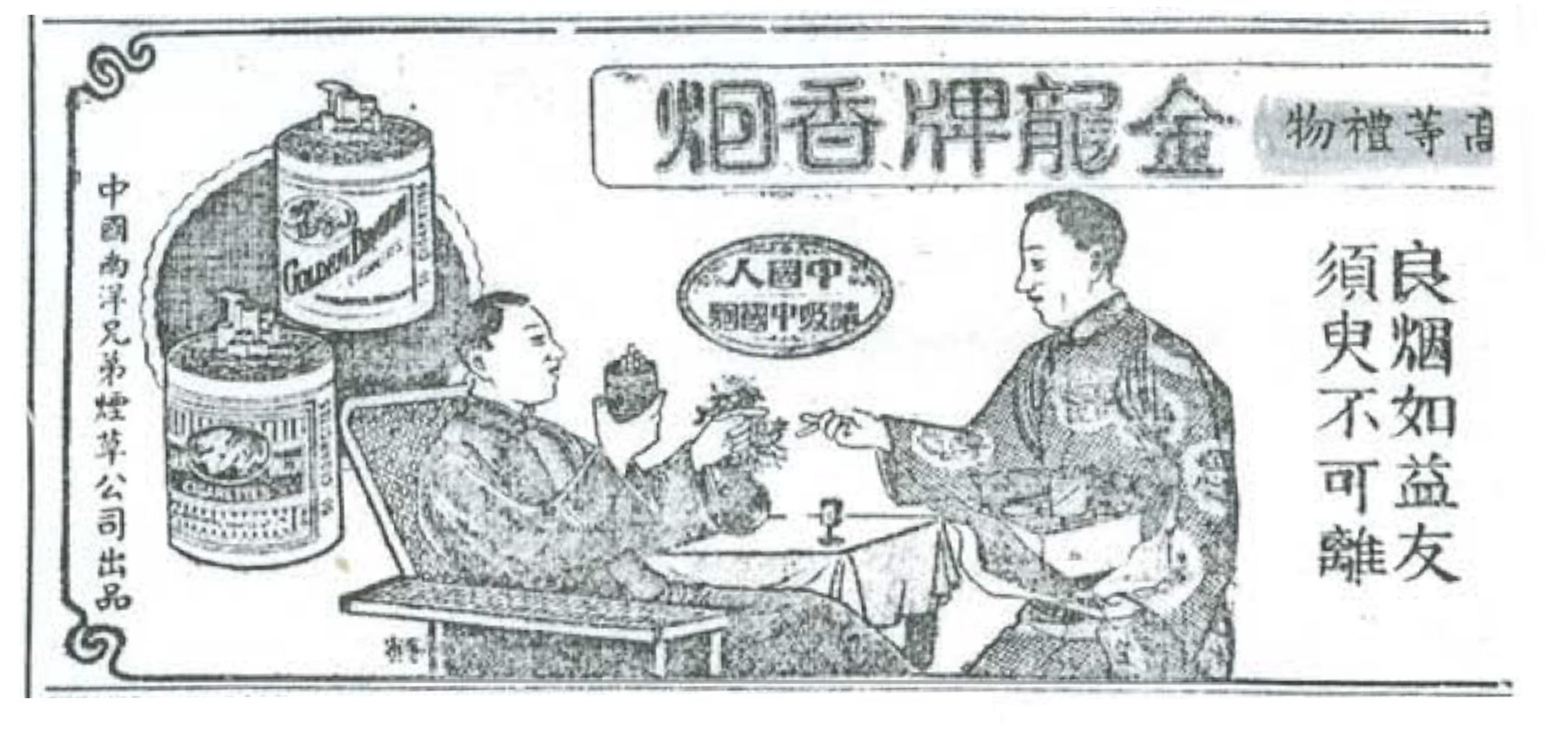

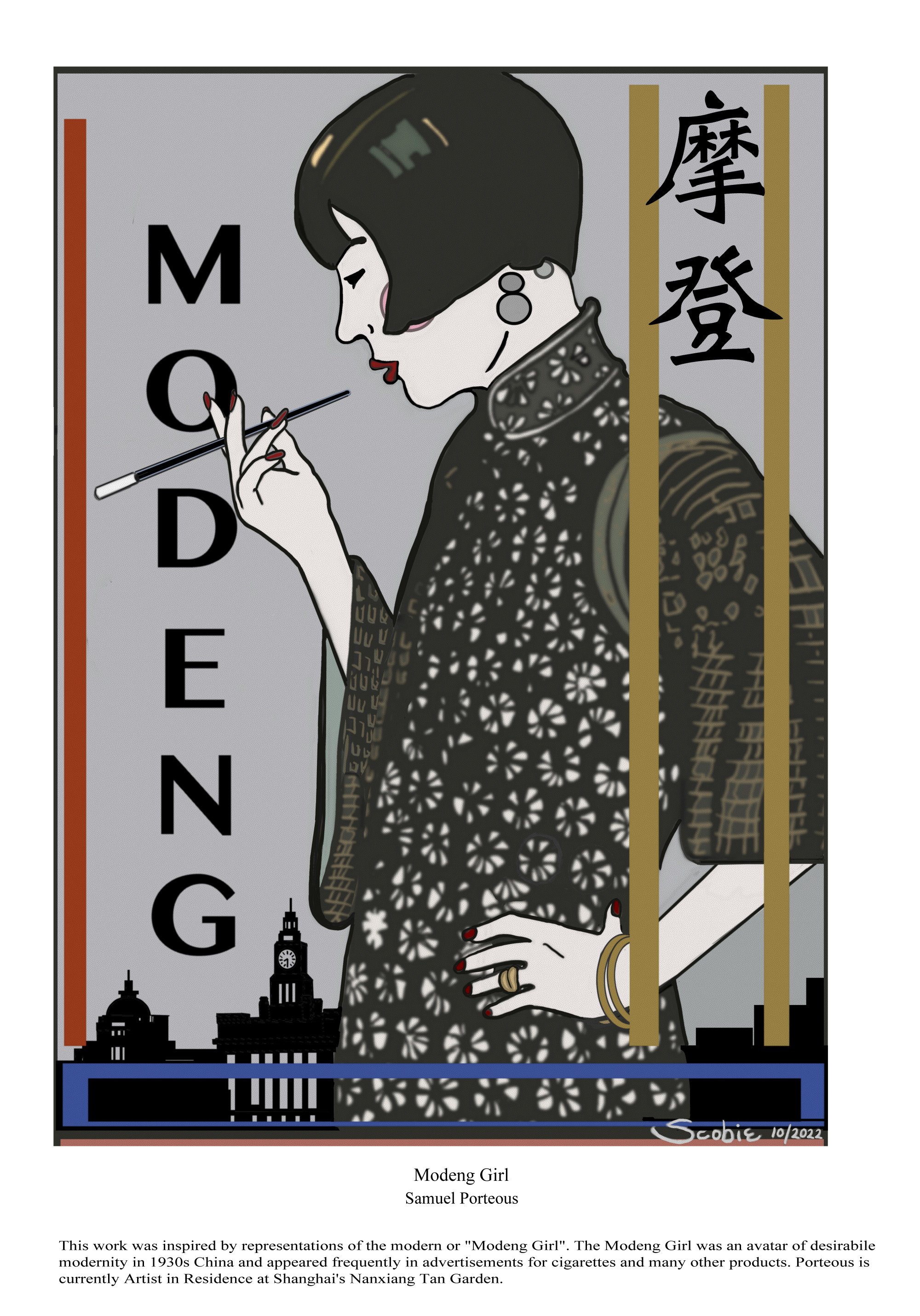
Produced by the tobacco division of the Mitsui Group in Japan and one of the oldest cigarette brands in Asia, Golden Bat was first conceived as an export product for China in 1905, then sold domestically starting in 1906.
On the surface, the brand’s efforts to appeal to as broad a segment of the Chinese market as possible seemed straightforward. Golden Bat’s marketing campaign appeared to rely on its relatively established brand, low price, promotional giveaways, and sleek, unchanged-for-decades artwork.
This iconic artwork, of course, featured the auspicious creature for which the brand was named.
In Mandarin Chinese the term for bat is “bian fu”, which sounds like “to become rich”, hence the perception in China of the bat as a “lucky” animal and a welcome symbol.
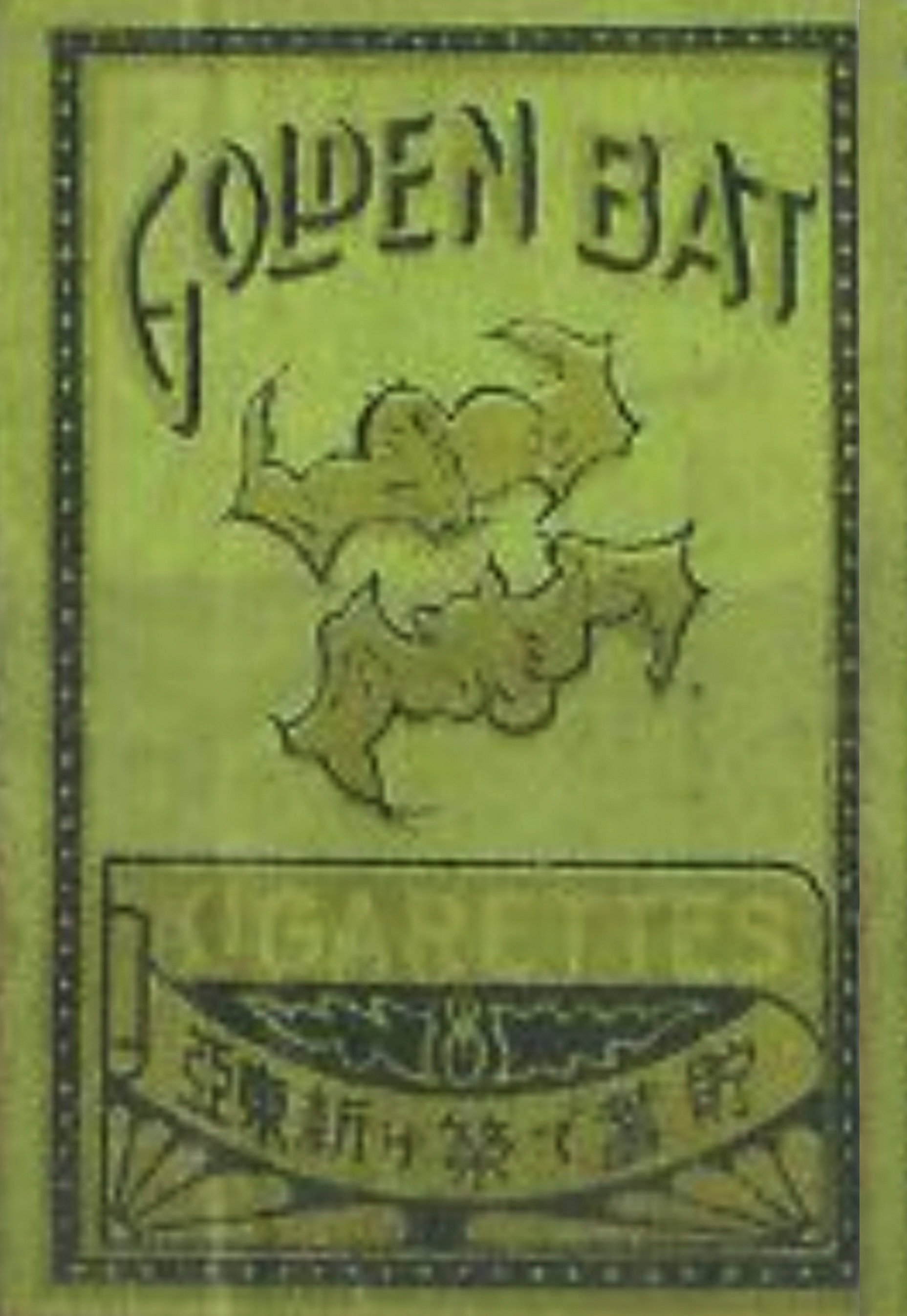
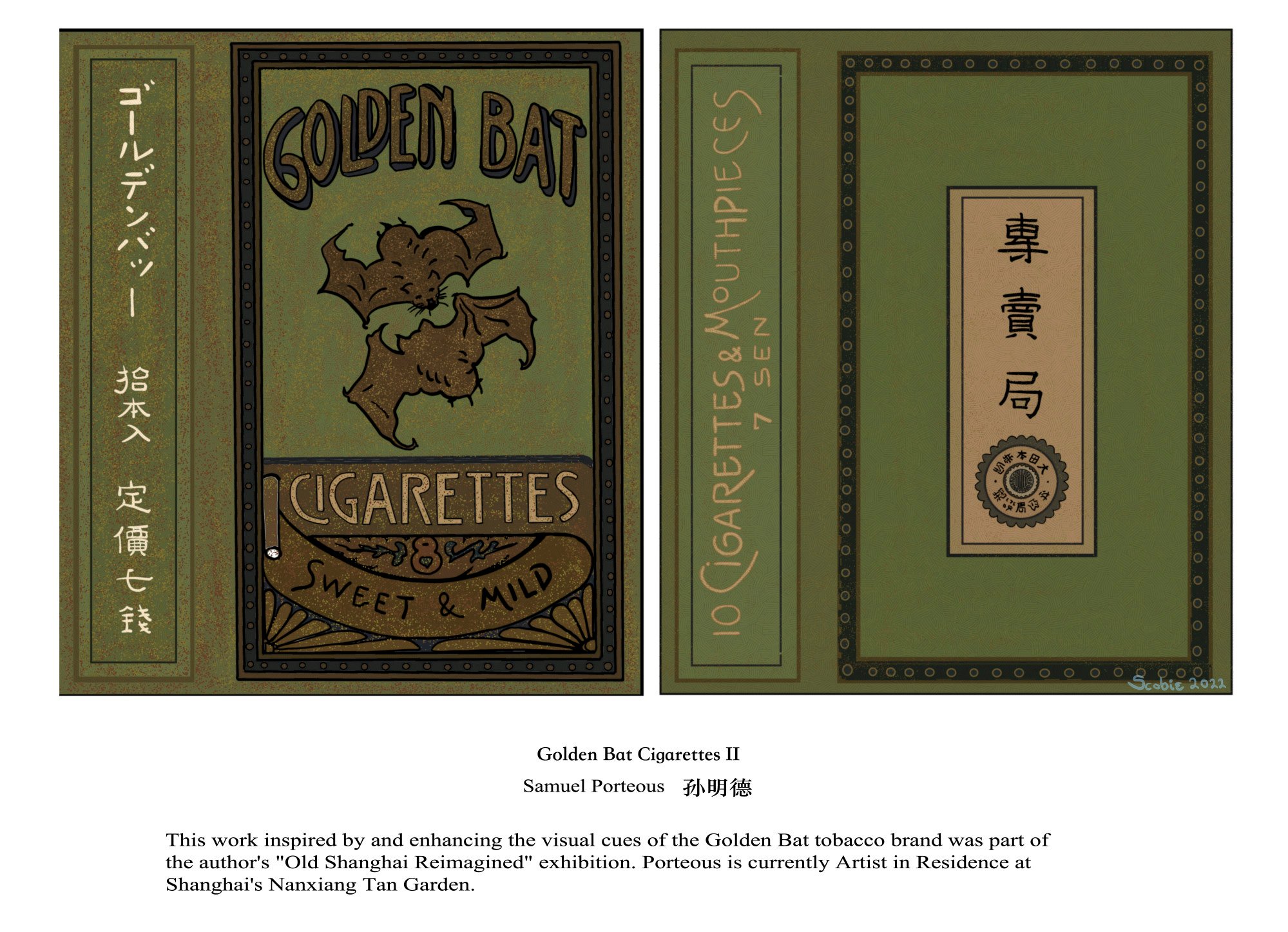
It would have been easy for the Japanese to select this name for cigarettes targeting the Chinese market. But the company’s marketing efforts during the 1930s and through World War II reveal more insidious motives.
The Golden Bat cigarettes sold in China during that period were a special, export-only version of the product. They were produced in Japan and legal for sale only in China for reasons that became evident only after the war.
Golden Bat promotional campaigns in China left out the ingredient that made this export-only product so special – small amounts of opium and/or heroin secreted in the mouth pieces provided with the cigarettes. This adulteration was just one part of a much larger effort by the Japanese military to weaponise opiates in the run-up to and during the second world war.


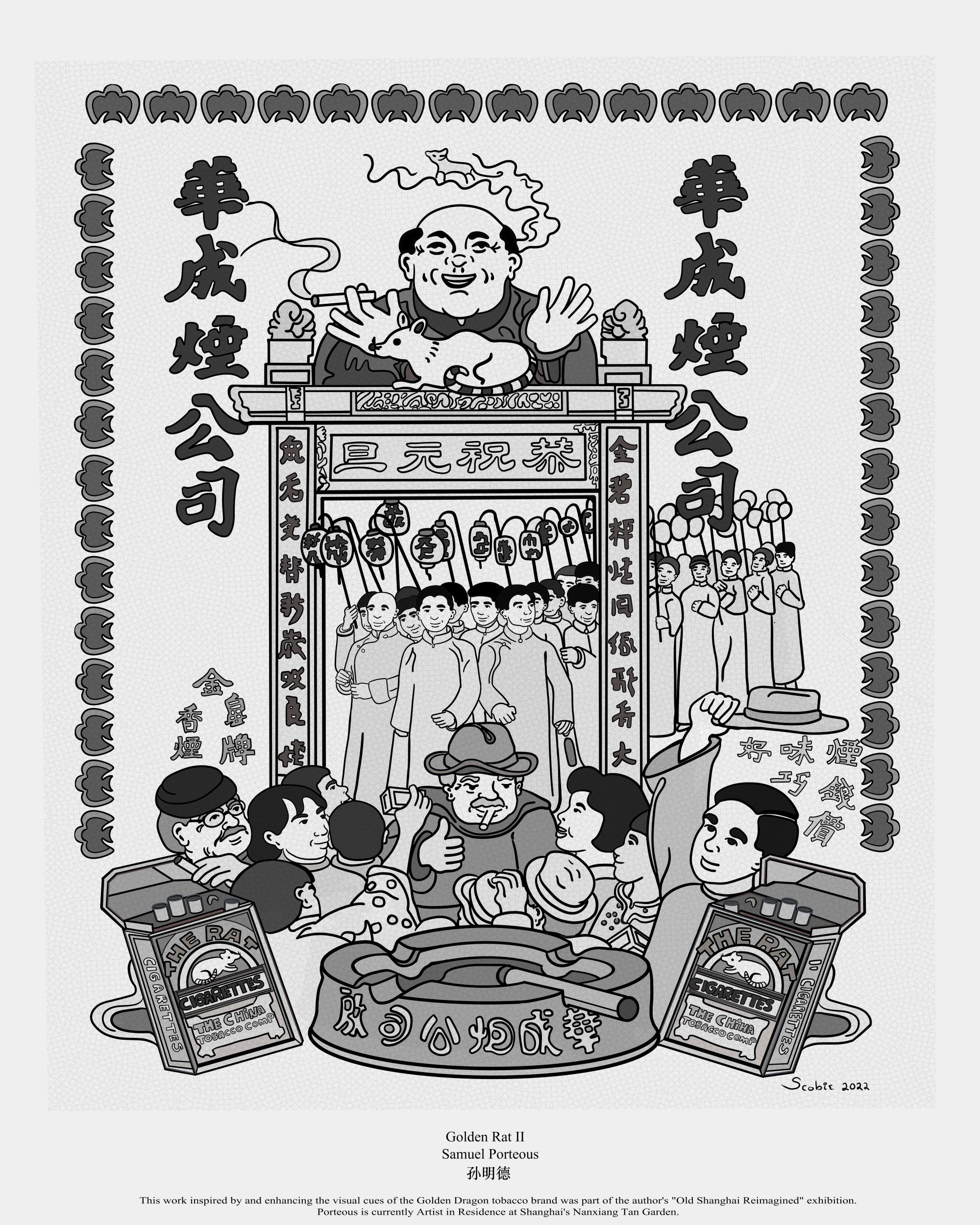
The International Military Tribunal for the Far East (IMTFE) – established in 1946 to adjudicate alleged Japanese war crimes from the invasion and occupation of Manchuria in 1931 until the end of the war – found the Japanese military, particularly its special operations and intelligence divisions, working with gangsters across China, was heavily involved in the illicit narcotics trade during this period and profited hugely from it.
More specifically, the tribunal found that “successive Japanese governments, through their military and naval commanders and civilian agents in China […] pursued a systematic policy of weakening the native inhabitants’ will to resist […] by directly and indirectly encouraging increased production and importation of opium and other narcotics and by promoting the sale and consumption of such drugs among such people”.
The IMTFE sentenced Doihara to death for his crimes, while Hoshino received life imprisonment but was released in 1958. The Mitsui Group faced no penalties.
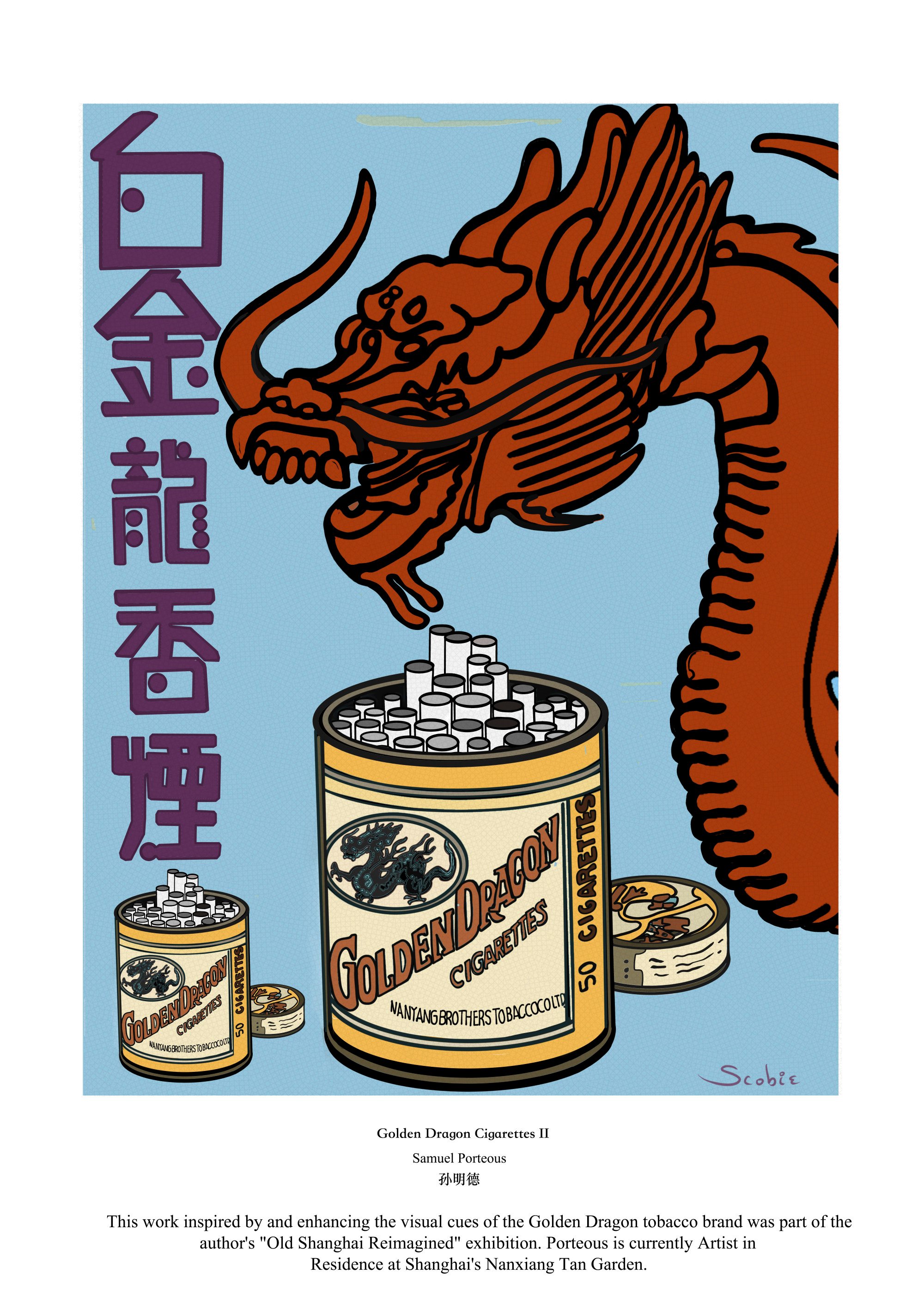


After all of this, or perhaps because of it, the Golden Bat brand was not sold under the Golden Bat name in Japan from 1940 throughout the war, as it was considered a foreign name originally created for the Chinese market, and Japan banned foreign names during wartime.
However, the name returned in 1949 and Golden Bat cigarettes continued to be sold in Japan until 2019, when the brand, still beloved of many in Japan, was discontinued.

